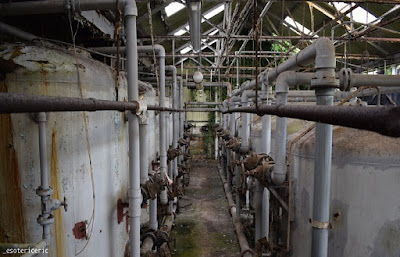History
Milford was named for its river-crossing, on an ancient route from Derby to the Peak district. The power of the Derwent was used from medieval times to run a corn-mill, dying and fulling mills, and iron and scythe forges. Jedediah Strutt, a farmer turned hosier, recognised the potential of the site. Inventor of the Derby rib machine, Strutt owned a Derby silk mill, and had set up cotton mills in Belper.In 1781, he bought land in Milford to build a cotton spinning mill. It was one of a series of textile milles constructed on the Derwent between Matlock and Derby during the Industrial Revolution.
These pioneering developments, which included the creation of new communities to house and cater for the workforce they required, are now recognises as being of international importance.
The Milford Mill complex eventually included spinning, bleaching and dying mills, as well as foundries, joiners’ workshops, a gas-works and a corn-mill. The Warehouse, constructed in 1793, was an early attempt by William Strutt, Jedediah’s eldest son. To design a fire-proof multi-storey structure. Later, and more successful, attempts at fire-proofing are embodies in the Dyehouse building, near the bridge. Whilst almost all the early mill buildings were demolished in the 1950s and ‘60s, much of the associated industrial housing has survived. Many of these houses were built by the Strutts, from the late 18th century onwards, transforming Milford from a riverside hamlet into a company village. The Strutts also built the school, created several farms to supply produce for their workers, helped establish the village’s various religious and social buildings.
The road bridge, with its two elegant segmental arches was opened in 1793 was principally funded by Jedediah Strutt, it was widened in 1906. The bridge carries the A6 through the village.
Source:
http://www.28dayslater.co.uk/millford-mill-belper-may-2016.t103440#post-1141664
Esoteric Eric










No comments:
Post a Comment